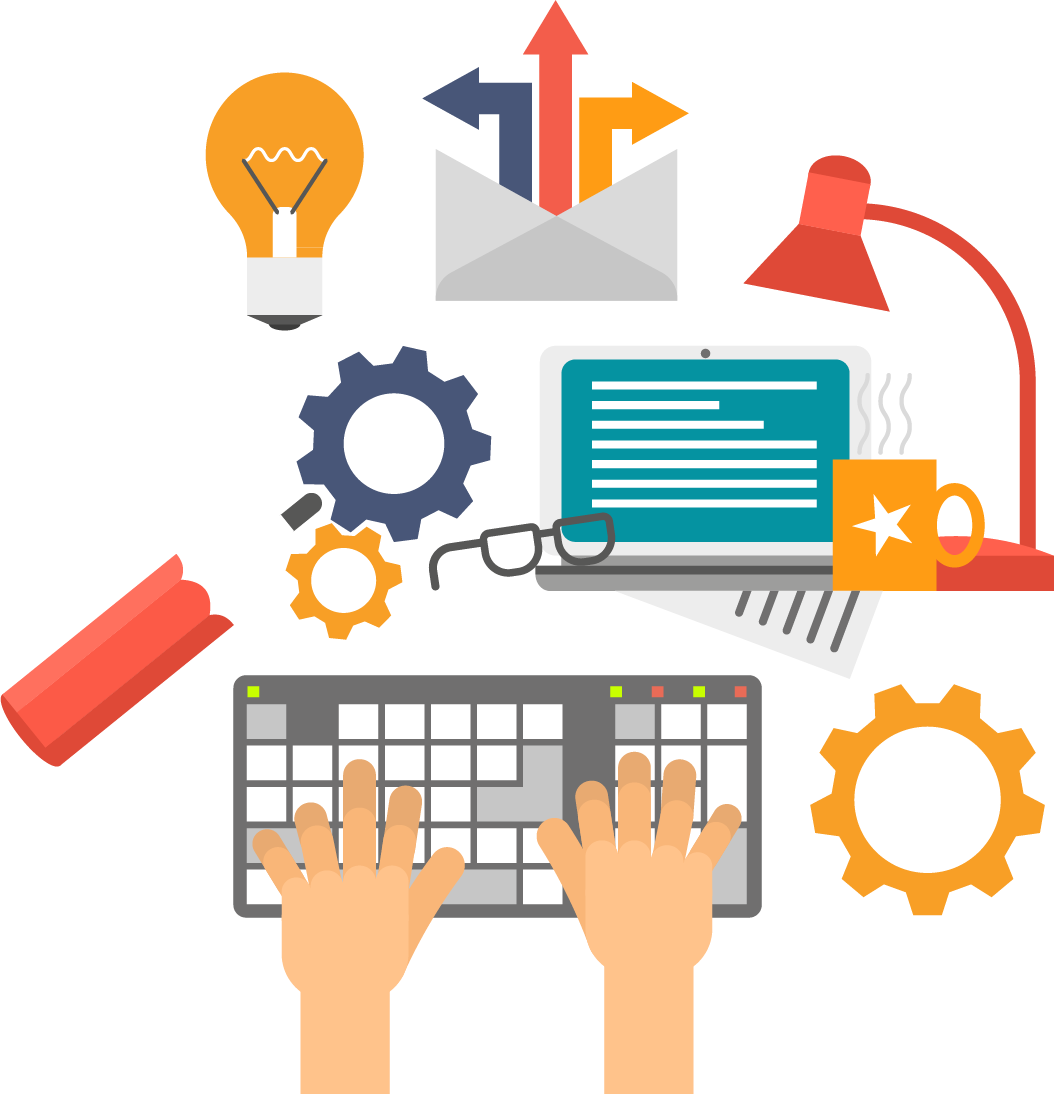The transport industry has seen significant changes since introducing services on demand. One of the most notable innovations is the Uber clone app. In this article, we'll explore Uber's development of clone apps, its benefits, and its impact on the transport industry.
Understanding the Uber Clone App Concept
The idea of creating an Uber clone app is straightforward yet innovative. It is the process of creating an app that mirrors the functions present in the initial Uber application. This permits businesses to offer similar services to ride-hailing under their own brand while using Uber's success model.
Key Features of an Uber Clone App
Easy Registration and User Profiles
The first step in using an Uber clone app is easy registration. Users can make profiles using vital information to streamline the booking process.
Real-Time GPS Tracking
Uber clone app uses GPS technology to allow real-time journey tracking. This improves security and lets users track their progress.
Seamless Ride Booking
Booking a ride with an Uber-like app is easy. Users input their location, select the vehicle type, and then confirm the booking with only a couple of taps.
Secure Payment Gateways
Uber clone apps are secure and convenient for payment. Users can connect to their payment methods to ensure smooth transactions following each ride.
Ratings and Reviews
Reviews and ratings give the impression of transparency and accountability. Customers can rate drivers and provide feedback, ensuring high-quality service.
Admin Dashboard
An administrator dashboard is vital to efficiently managing the app. Administrators can track rides, monitor earnings, and address customer issues.
The Development Process
Market Research and Analysis
A thorough market analysis aids developers in identifying user trends and preferences and possible competitors. This information informs the app's features and functions.
Choosing the Right Technology Stack
The right technology stack is vital to an efficient and robust application. The selection of frameworks, programming languages, and databases impacts the application's performance.
Designing the User Interface (UI)
It is important to note that the UI design plays an essential part in ensuring that users are engaged. User-friendly interfaces improve user experience and make booking and navigation effortless.
Building the Frontend and Backend
The front end creates the user-facing components, whereas the back end is responsible for processing data and logic. Both components should work together to achieve optimal performance.
Integrating Third-Party Services
Uber clone apps often incorporate third-party applications, such as payment gateways and mapping APIs, which improve performance and user experience.
Testing and Quality Assurance
Conducting thorough tests is crucial to finding and fixing any glitches or bugs. A rigorous quality control process ensures an efficient and reliable application.
Launching and Deployment
After testing and refinements, the app is fully functional and ready to launch. It is now available for download on the app store.
Challenges Faced in Uber Clone App Development
Scalability
As the number of users increases, the app must accommodate ever-growing requirements. Scalability issues require solid infrastructure and a robust architecture.
Security Concerns
Handling user data and financial transactions demands top-of-the-line security measures to safeguard sensitive data.
Competition
The transportation industry is in demand and highly competitive, and it requires innovative features and superior services to be noticed.
Benefits of Uber Clone Apps for Businesses
Quick Market Entry
Launching an Uber clone app allows companies to quickly introduce their products to the market by leveraging an existing model.
Wide Customer Reach
The app's accessibility draws an enormous number of users and gives it more comprehensive access.
Enhanced Customer Experience
Uber's clone apps are focused on providing a great user experience, which leads to customer retention and loyalty.
Data-driven Insights
The app provides valuable information companies can use to make educated choices and adjust their strategies.
Impact on the Transportation Industry
Disruption of Traditional Taxi Services
Uber clone apps have reshaped traditional taxi services, providing the most convenient and affordable alternative.
Influence on Urban Mobility
These apps have changed urban mobility, reduced the use of private vehicles, and caused congestion.
Future Trends in Uber Clone App Development
Integration of Autonomous Vehicles
The future is full of possibilities for autonomous cars that could revolutionize the field once more.
Focus on Sustainability
Environmental issues could drive in the direction of green cars and practices in Uber and similar apps.
Conclusion
Uber clone script development has changed the transportation landscape. These apps offer convenience, aid in sustainable urban development, and better mobility. As technology advances, the future of on-demand transportation will be exciting.





